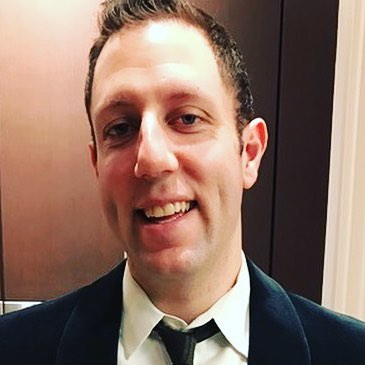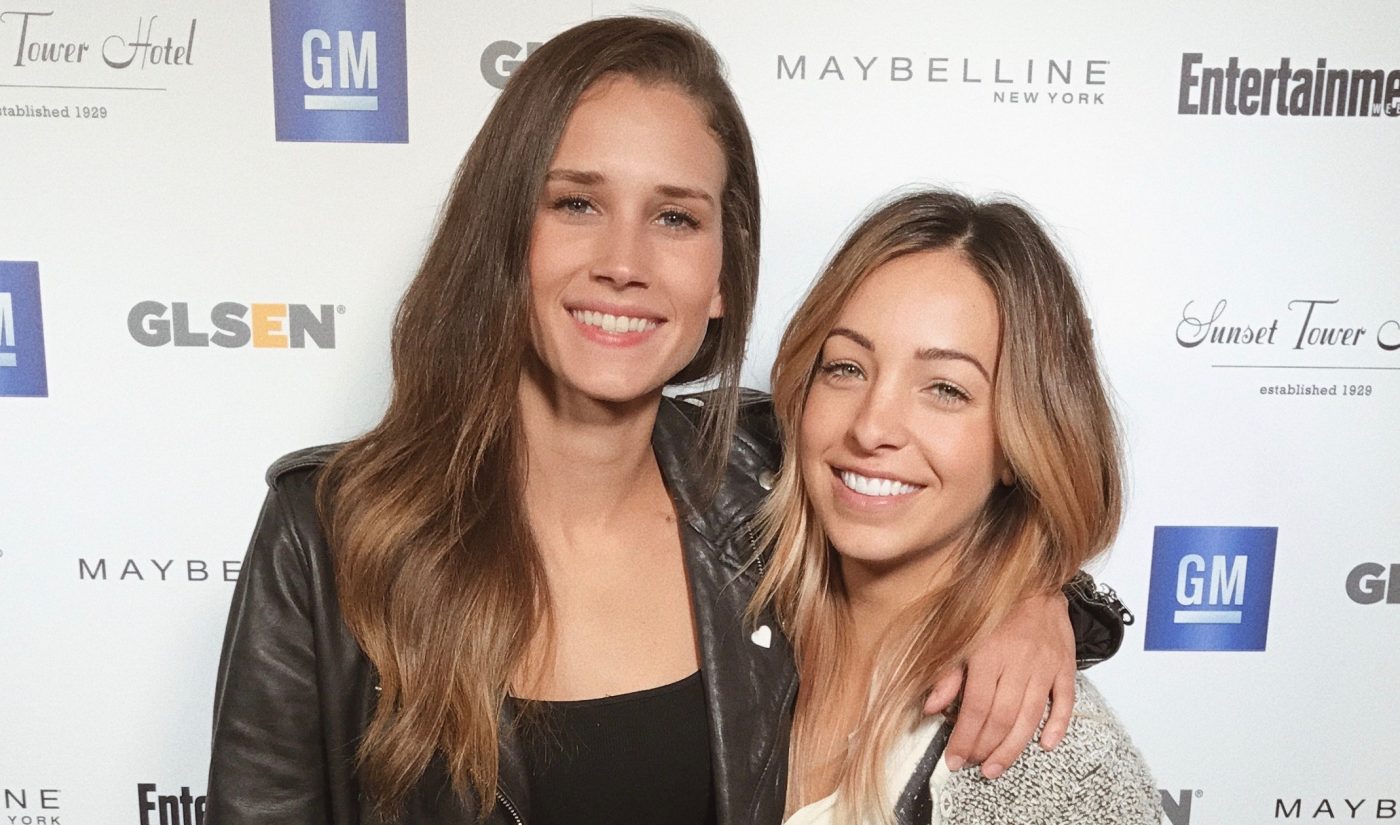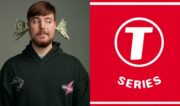Influencer marketing is no longer in its infancy. Creators with influence are regularly commanding, five, six, and seven figure-fees to help popularize products in across way more consumer product verticals than you’d think. With all that in mind, we’re giving influencer marketing some dedicated attention. In Behind The Brand Deal we’ll talk to the individuals who orchestrate the deals and make the content that contribute to this multi-billion dollar industry.
You can check out all the installments of Behind The Brand Deal right here.
Influencer Marketing isn’t slowing down. The current $1+ billion market is expected to see a 39% increase in marketing spend in 2018.

Subscribe for daily Tubefilter Top Stories
With that in mind, we’re continuing to talk to those individuals who are doing the deals that directly contribute to the aforementioned dollar figure and growth. We’ve talked brand integrations with top gaming creator JeromeASF and then picked the brain of YouTube staple Dulce Candy. Now we’re venturing behind the scenes to hear from a manager of online video talent.
Alyssa Manning started her managing career at the Multi-Channel Network Fullscreen before leaving the company in 2016 to head digital talent and brand management for IMG Artists, which recently rebranded to Two Pillar Management. She represents talent such as Andrea Russett (who is in possession of over 13.4 million social media followers) and Shannon Beveridge (the 2017 winner of the British LGBT+ Celebrity Rising Star Award).
We talked with Manning about the state of influencer marketing and how she’s navigated its ever-changing landscape.
Tubefilter: Having started your talent management career at Fullscreen, what has been the biggest difference between managing talent under a Multi-Channel Network as opposed to a traditional management company?
Alyssa Manning: Managers working at companies that follow a more traditional model inherently have more freedom in the marketplace. There’s less red tape when it comes to working with various agencies and marketers when you don’t have a sales team in-house that is competing for RFPs. It opens up the talent you represent to a world of possibilities. The really exciting thing about working at Two Pillar Management is their eagerness to build businesses with the talent we represent. Our management group is passionate about brand building, and we have the in-house support and means to really move the needle for our clients.
TF: As a manager, what is your biggest pet peeve when doing deals on behalf of your talent?
AM: The issue I run into most often is that the agencies representing the brands aren’t always clear on what they are looking for in a partnership. They normally come to me with a list of boxes that need to be checked, but lack any flexibility when it comes to creative input from the talent. The most successful campaigns are driven by creativity and personality. More often than not, agencies (and sometimes brand partners, if the creative gets that far) are too scared to allow talent to be themselves and endorse the brand using their own messaging.
TF: On average, how many offers do your talent receive each week?
AM: The number of offers per week heavily depends on the type of content the talent are creating. I would say for a talent that is more niche in the content they create, like a vegan foodie and lifestyle guru, they may receive a handful of offers per week. Whereas a channel that runs the gamut and has a big personality behind the camera, may get anywhere from five to ten legitimate offers per week.
TF: Of those offers, how many are viable deals?
AM: The viability of the deal is sometimes less about the brand and more about the talent’s ideals. If my clients receive an incredible offer, but the messaging or brand doesn’t feel like a genuine fit, it’s likely we will pass. Authenticity is one of the most important factors in moving forward with a brand partner.
I will also say that more and more automated brand outreach messages are hitting my inbox from loads of small agencies that keep cropping up. I run everything by talent before officially turning down any offers, but these automated outreach emails are almost always an automatic pass.
TF: When breaking down the viable offers, what percentage comes directly from a brand, an agency or third party sellers?
AM: At this point, most of the viable deals come from repeat buyers, whether it’s brand direct or a trusted agency. Most of my clients are without a Multi-Channel Network at this point, but Fullscreen has done a standout job of bringing brand partnerships to the talent they represent.
TF: When a new brand reaches out to you, what should they mention in their email if they really want to get your talent’s attention?
AM: When a brand reaches out to show initial interest in working with my clients, the most important thing is to customize the message. You can tell immediately if it’s a generic request. It’s also important to keep the messaging concise. Often times I receive inquiries where the brand or agency is sending over 12+ paragraphs of information right out of the gate. Break it down – we can always jump on a call to go over the intricacies of the brand and the campaign.
TF: What’s an example of a “perfect integration” one of your clients did? What made it perfect?
AM: Nike! My client, Andrea Russett, has worked with Nike on several campaigns that have ranged from an editorial shoot for the Spring 2017 Air Max campaign to sitting on a panel discussing street style alongside Olympic athletes Skylar Diggins and Sonya Richards-Ross.
They have always treated her with the utmost respect, listening to her creative input and implementing her personality into the campaigns she has worked on. Their team, who I’m also happy to rave about, handles talent deals direct, which makes communication quick and easy. Thank you, Nike! Thank you, Nicole Sprunk!
TF: In 2017, what’s an example of a great integration you had no part in?
AM: I absolutely loved Liza Koshy’s partnership with the Giving Keys. As someone watching the campaign unfold, it appeared to be seamless. Liza clearly cares deeply about the brands work to help with homelessness and she was passionate and proud to share the collaboration with her audience.
TF: After your talent has committed to a campaign, what’s a common problem that arises? How could this typically be solved?
AM: The biggest problems are communication related and often times result in back and forth between the brand and the agency they’ve contracted to execute the campaign. Simply put, things would run a lot smoother if agencies allowed direct communication between the brand and the talent – even if that means facilitating a conference call.
TF: Looking forward to 2018, what is an opportunity brands should be considering?
AM: Knowing how passionate young consumers are about activism, I see a huge opportunity for brands to partner with talent and empower audiences to make a lasting impact on an area of interest. Talent cherish brands that empower them to lift their voices, and consumers love feeling good about the purchases they are making.
TF: When it comes to ephemeral video, do your clients prefer Snapchat or Instagram?
AM: Most of my clients are leaning into Instagram at the moment. I think Snapchat missed a huge opportunity to empower the tastemakers on the platform. Instagram stepped up to the challenge and offered insights and metrics to help talent better understand their audience. Instagram is also incredible at communicating their new tools and features to top partners – which makes any platform changes seamless.
TF: Are there any platforms your clients love that are on the rise? Or are they focused on the major players?
AM: At the moment a lot of my clients are actually focusing on Spotify. The platform has recently invested time into developing and featuring playlists curated by tastemakers, which is interesting for a lot of my clients. Music distribution and marketing is easily one of the most exciting ways for my talent to partner on a campaign. Almost all of the talent I represent have worked with major labels in one way or another.
 After overseeing the talent and talent integration departments at Machinima, Chris Landa most recently served as the Sr. Director of Content & Partnerships at YouNow, where he worked with top talent and brands to maximize their presence on the platform. With a wide range of expertise around brand integrations and original content featuring creators, Chris recently launched Transparent Influence, a company focused on accountability and transparency in Influencer Marketing.
After overseeing the talent and talent integration departments at Machinima, Chris Landa most recently served as the Sr. Director of Content & Partnerships at YouNow, where he worked with top talent and brands to maximize their presence on the platform. With a wide range of expertise around brand integrations and original content featuring creators, Chris recently launched Transparent Influence, a company focused on accountability and transparency in Influencer Marketing.
You can check out all the installments of Chris’ Behind The Brand Deal right here.








